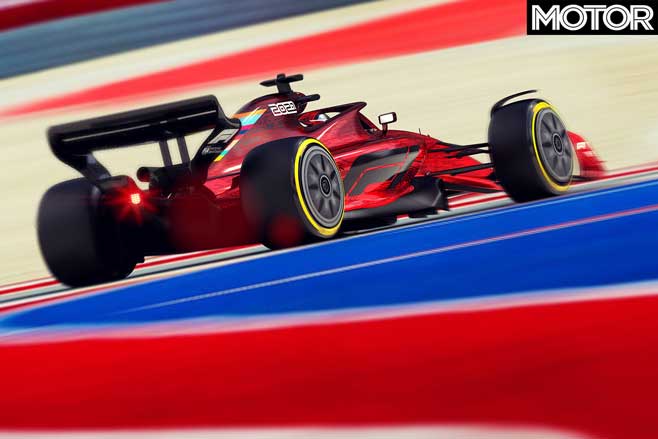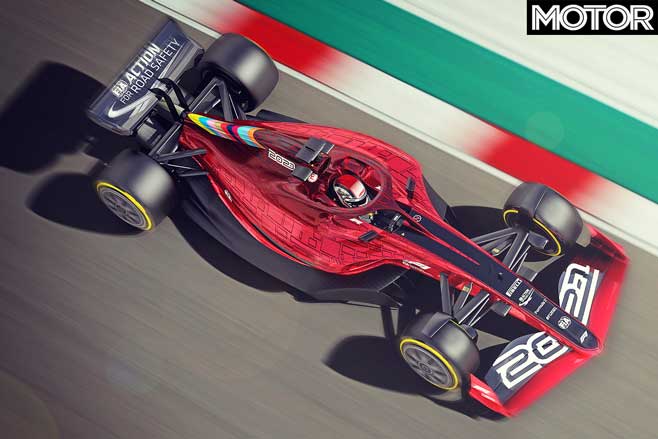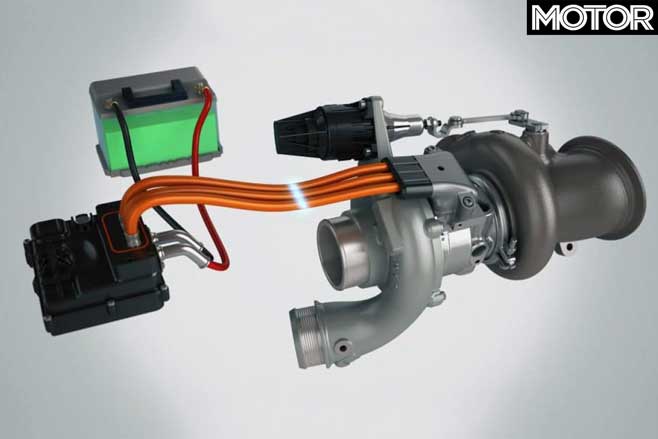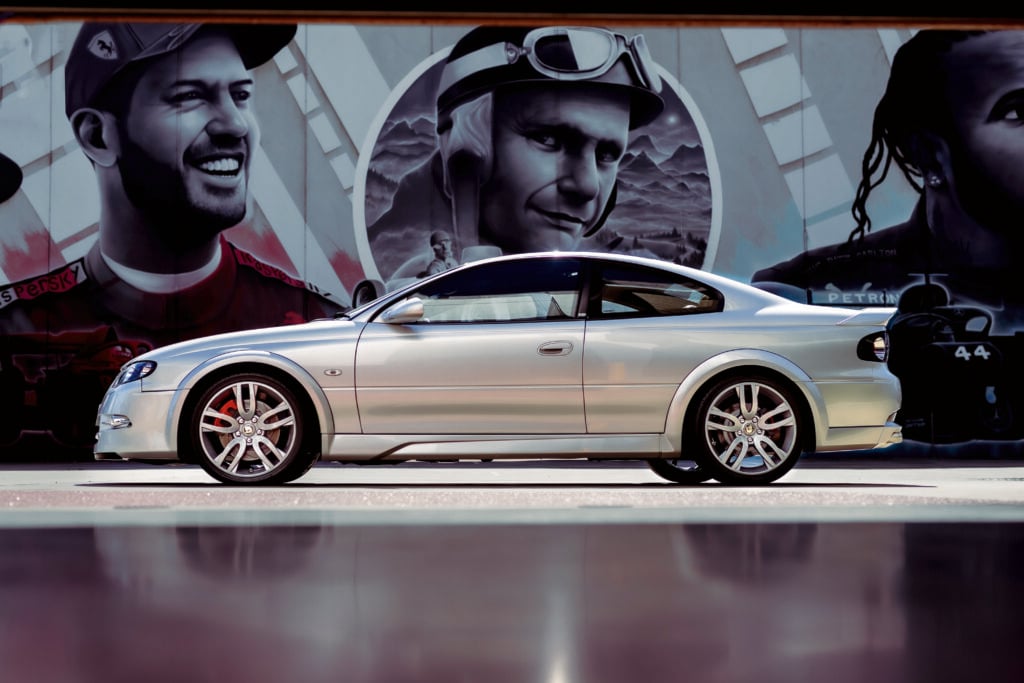Three seconds. That’s how much slower Formula One cars will be when the sport introduces a sweeping set of rule changes to revamp operations from the ground up in 2021.
However, what the sport stands to gain in return is much more important. Under these new rules, devised over two years between the FIA, F1 and owners Liberty Media, it’s believed cars should be able to follow a leading vehicle at one car length with only a 14 per cent loss of downforce.

Currently, cars lose 45 per cent downforce at the same distance, robbing them of the chance to keep pressure on the car ahead. It’s no wonder Lewis Hamilton holds the record for the most wins from pole position.
Key to changing this is a radical new aerodynamic philosophy that forces cars to rely on ground effects from a tunnelled underfloor instead of being wing-dominated. It’s the latter, and the bits designed to maximise each wing’s effectiveness, that push turbulent ‘dirty air’ outwards at the car behind.
Instead, the new ground-effects package retains this dirty air within bodywork before lifting it over and out of a following car’s way. Its projected gains improve even more at three car lengths, where the loss of downforce is claimed to be only six per cent instead of 32.
It’s promising stuff, so F1 has worked hard to protect its new rules from teams trying to find a breakthrough advantage when developing their new cars.

For example, F1 will police bodywork more thoroughly (with laser scanners) and clarify grey areas on what is an aerodynamic device to include suspension arms and brake ducts. As well as this, it will also prescribe the design on areas that affect aero wake most.
F1 will also introduce its first ever budget cap. Set at USD$175m (AUD$258m) over a 21-race season, it only covers direct car performance and racing costs, so peripherals like marketing and driver salaries are excluded. It will be enforceable too, with points at stake for any infringement.

At the same time, F1 is also trying to cut costs for smaller teams. Therefore a raft of parts will be sourced from a single supplier and built to one specification. These include nuts, wheels, brake discs, hubs, tyre blankets and fuel pumps. Testing in wind tunnels and on engines will be limited, while gearboxes can only be redesigned once every five years.
The sport’s relevance to road cars will strengthen with the adoption of 18-inch wheels, a higher renewable fuel content and leaving alone for now what experts call “the most efficient engines on the planet”.
These changes aim to tighten the racing, balance the competition, ease financial burdens and sustain the sport’s future. So really, when it comes down to it, three seconds is a small price to pay.
Hot and Bothered
Expensive turbo hybrid V6s to stay

Fans have criticised Formula One for more than just predictable racing. The current 1.6-litre turbocharged hybrid V6 engines have drawn their fair share of flak for lacklustre noise and innate design complexity.
Even so, the new rules keep them unchanged from 2021, confirming F1 has rejected previous plans to significantly alter the hybrid powertrain and drop the energy-recovery system built into the turbocharger.
With the turbo’s Motor Generator Unit Heat (MGU-H) controlling boost pressure in place of a wastegate, its removal would have created an opportunity for more noise. And more manufacturers. Porsche was previously considering an entry for 2021 as an engine supplier but dropped that plan after it learned the expensive MGU-H would remain. Aston Martin and Cosworth reportedly also backed away after crunching the numbers.
And this is how the current four manufacturers – Ferrari, Mercedes-AMG F1, Honda and Renault – want it.
Ferrari’s reported nine-figure investment in the technology, along with Honda’s arduous development of its own MGU-H, reveals how far the works teams have gone to get the current technology right.
Although MGU-H has helped F1 engines achieve incredible efficiency – and they’re reportedly producing 1000 horsepower (745kW) with half the fuel that the V10 engines relied on 15 years ago – we are yet to see the relevance F1 wants to have with road cars.
That said, Ferrari has patented a hybrid V8 with a turbine-powered generator. And Ferrari supplier Garrett has recently developed an MGU-H for road cars, going as far as fitting one to an SUV.






